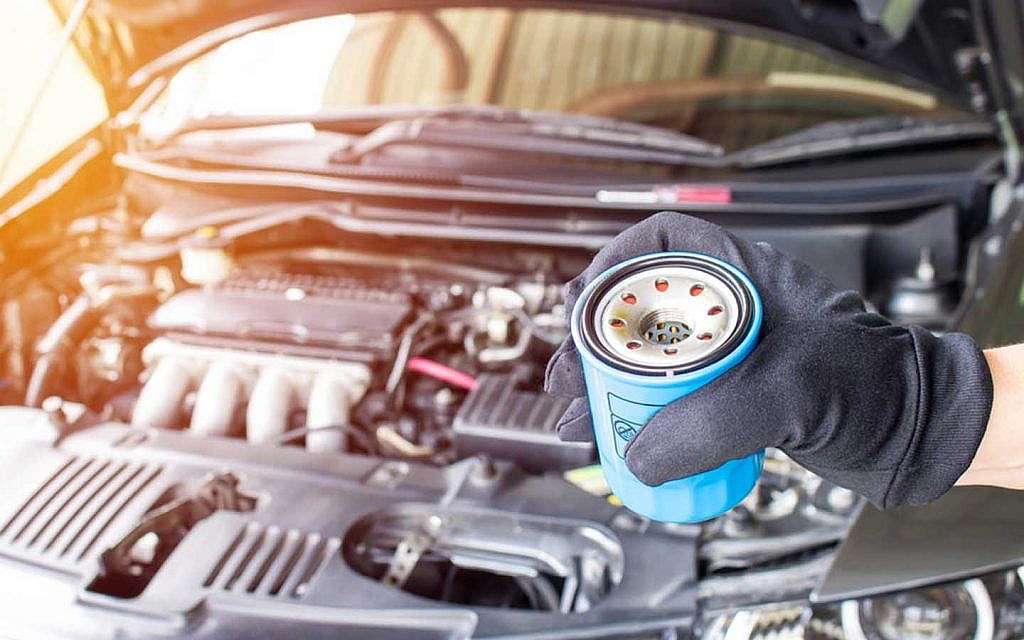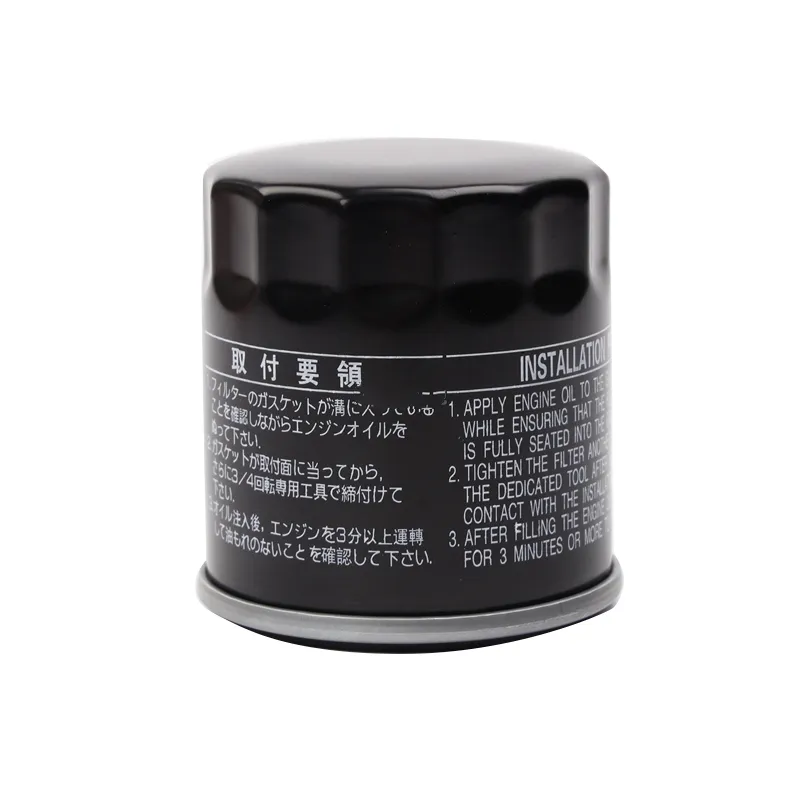Apr . 17, 2024 10:05 Back to list
Is It Necessary to Replace the Oil Filter Each Time You Change the Oil? Oil Filter
A common confusion regarding car oil is whether you can change the oil without changing the filter. A simple answer is, ‘Yes, you don’t always have to change the filter’. For optimal performance, however, it’s imperative to know what an oil filter actually does and when exactly you need to change it. For this, we need to understand the purpose and function of an oil filter.
THE IMPORTANCE OF A CLEAN OIL FILTER

An oil filter plays a vital role in ensuring your car doesn’t get stranded on the road by keeping the engine clean of impurities. The car’s engine pushes car oil through the filter, which then purifies the oil before it goes back in through the engine. If a car engine is the heart of your vehicle, then oil is the blood. It circulates to ensure that the engine is working properly by lubricating the moving parts. The main purpose of the engine filter is to keep the oil clean and free from dirt, debris and flecks of metal that can damage the engine. It ensures that only clean oil gets in contact with the moving engine parts.
An oil filter also plays an important role in retaining the engine oil pressure. If your oil filter is clogged, the engine oil won’t be able to move freely and this will reduce its pressure. Moreover, the pressure relief valve of an oil filter also plays a vital part by ensuring the pressure doesn’t get too intense. If the oil filter pressure relief valve is dented, scratched or damaged, the car will lose lots of oil and eventually, the oil pressure will also reduce.
90915-YZZE1 OIL FILTER FOR TOYOTA ENGINE 90915-YZZE1
CHANGING CAR OIL WITHOUT REPLACING THE OIL FILTER
We have already mentioned above that it’s possible to change car oil without changing the filter. However, because the filter has an important role in keeping the car oil that runs through the engine clean. It is pertinent for the oil filter to be in perfect working condition.
Read your car’s manual to see the kilometres mentioned before a replacement is needed. Generally, car manufacturers suggest changing the oil filter after every other oil change or after 10,000 to 15,000 kilometres. However, in extreme driving conditions, you must change the oil filter more frequently at every 5,000 kilometres. Extreme driving conditions include but are not limited to:
- Dealing with stop and go traffic frequently
- Driving in extreme heat or cold
- Driving on dirt roads or under dusty conditions
- If your vehicle regularly tows heavy load
You can definitely change car oil without changing the filter but most car experts agree that spending a little more money to keep your car in perfect condition is better than saving a few dirhams.
CHANGING THE OIL AND OIL FILTER

After deciding to change the filter, you will think about how to change the oil filter. You can either take your car dealer or change the oil filter yourself. Here’s what you need:
NECESSARY SUPPLIES
Keep all the important car maintenance equipment ready before opening the hood:
- A proper amount of engine oil (See owner’s manual to figure out the correct viscosity and amount of oil needed)
- A high-quality oil filter
- A socket wrench
- An oil filter wrench
- A funnel
- Oil pan or bucket to catch the old motor oil with
- Newspapers
DRAIN OUT THE OLD MOTOR OIL
Start the car and let it run for a minute or drive it around the block to warm the motor oil. Locate the oil pan and drain plug under your car. After you locate the drain plug, spread the newspaper out and place the oil pan below the vehicle. Then turn the drain plug with the help of a socket wrench by moving it anticlockwise.
Finally, once it’s loose, remove the plug gently with your hand and let the car oil smoothly drain out. After the oil drains out, reinstall the drain plug with your hand and tighten it by turning the wrench clockwise.
REPLACE THE OIL FILTER
Place the oil drain pan under the car and locate the oil filter. Some filters are located beneath the car while others are placed along with the upper engine. Read the owner’s manual to find out the exact location.
Once located, loosen or relax it with the filter wrench by turning it anticlockwise. Now remove the oil filter with your hands. Apply a little bit of motor oil to the new gasket before installing the new oil filter. This helps prevent the gasket from getting too sticky or from getting cracks that can result in an oil leak.
Finally, install the new oil filter with your hand and tighten it with the filter wrench by moving it clockwise.
ADD NEW OIL
After you’ve drained the oil and replaced the filter it’s time to add in new oil. Read the owner’s manual to identify the motor oil that’s best for your car. Loosen the oil filler cap and pour in new oil in the tank. Use a funnel to avoid spilling. Once done, replace the oil cap and wipe the spilt motor oil, if any.
Then start your engine and let it run for a minute. This allows a thorough circulation of the new oil. After that, check the level. Turn off your car and check the oil level by inserting a dipstick. Once you identify the correct reading, tighten the cap.
RECYCLE THE OLD OIL
After you are done with everything, pour out the old car oil collected in the pan in a used oil container, you can also use an empty jug. Place the old oil filter in a plastic bag.
Recycling the old oil is the best way to dispose it of. Go to a service station and hand them your used motor oil and used oil filters, they will accept it at no charge.
FAQS
IS IT POSSIBLE TO CHANGE OIL WITHOUT CHANGING THE OIL FILTER?
Yes, you can change oil without changing the filter, but it is best to go through the owner’s manual to see what’s reccomnded for your car and its engine.
WHAT HAPPENS IF YOU CHANGE THE OIL BUT NOT THE OIL FILTER?
For a few kilometres, the car works perfectly fine with an old filter, but debris will eventually cause too much damage to the engine’s moving part.
Stay tuned to this blog for more on car anatomy, car parts and accessories, auto DIY and much more.
-
ANTFIL Premium Oil Filters-Ultimate Protection for Your Engine
NewsJul.21,2025
-
ANTFIL Oil Filters-Superior Protection for Toyota&Nissan
NewsJul.21,2025
-
ANTFIL Fuel Filters-Durable Engine Filters
NewsJul.21,2025
-
ANTFIL Filters-Protection For Your Products
NewsJul.21,2025
-
ANTFIL Cabin Filter-Clean Air for Your Drive
NewsJul.21,2025
-
ANTFIL Air Filters-Pure Air Solutions for Every Space
NewsJul.21,2025



